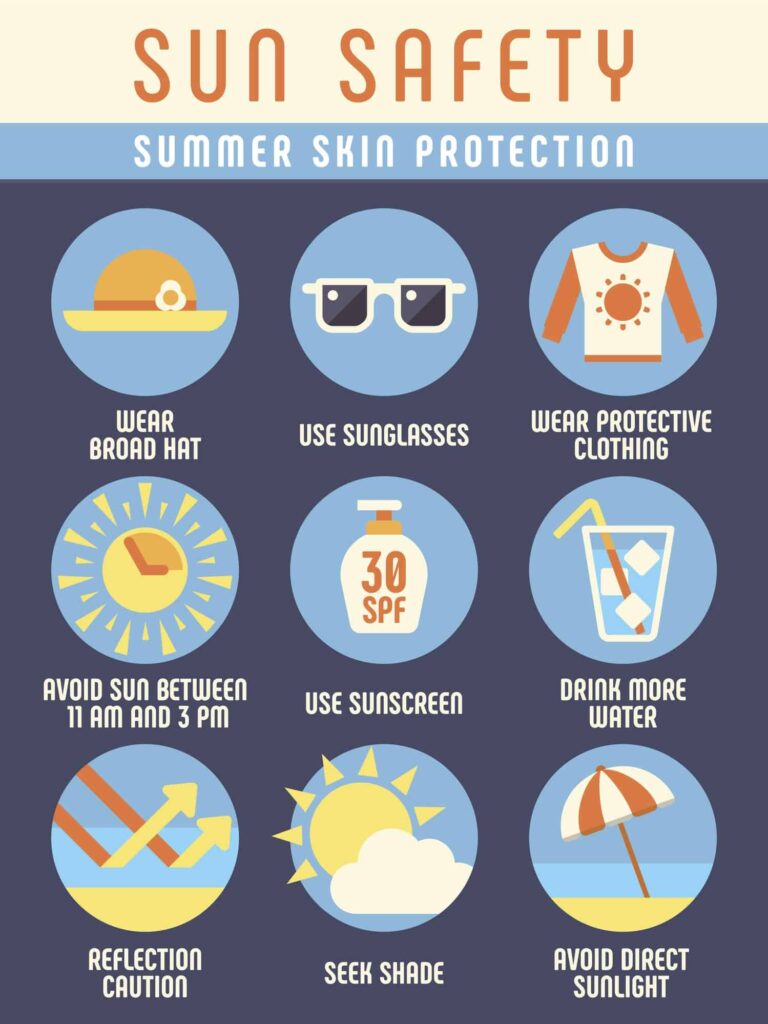
Achieving a golden tan can be a summer goal for many, and tanning oil is often touted as a way to enhance the process. While it’s true that certain oils can help your skin absorb UV rays more effectively, leading to a potentially faster tan, it’s crucial to understand the full picture before reaching for that bottle. This article will delve into the benefits and risks associated with using tanning oil, emphasizing the paramount importance of sun protection. We’ll explore how tanning oil works, its limitations in terms of sun safety, and the essential role sunscreen plays in safeguarding your skin.
This comprehensive guide aims to equip you with the knowledge needed to make informed decisions about tanning oil use. By understanding both the potential benefits and inherent risks, you can enjoy a safe and healthy summer while achieving that desired tan.
Tanning Oil Benefits
One of the primary reasons people choose tanning oil is its ability to potentially accelerate the tanning process. Certain oils contain ingredients that attract and absorb UV rays more effectively than your skin alone. This increased absorption can lead to a deeper, richer tan in a shorter amount of time. Some individuals also find that tanning oil leaves their skin feeling softer and more hydrated, contributing to a smoother overall appearance.
Beyond its potential tanning benefits, some oils used in tanning products possess antioxidant properties. These antioxidants may help protect your skin from free radical damage caused by UV exposure, although this protection is not as comprehensive as that offered by sunscreen.
How Tanning Oil Works
Tanning oil works primarily by enhancing the absorption of UV rays. Oils like coconut oil, olive oil, and almond oil have a natural affinity for absorbing sunlight. When applied to the skin, these oils create a layer that allows more UV radiation to penetrate deeper into the epidermis, where melanin production occurs. Melanin is the pigment responsible for giving your skin its color, so increased melanin production results in a darker tan.
However, it’s important to note that tanning oil does not block or filter UV rays like sunscreen does. It simply facilitates their absorption by the skin. This means that while tanning oil may help you tan faster, it does not offer any protection against sunburn or long-term skin damage caused by excessive sun exposure.
Sun Protection with Tanning Oil
While some tanning oils may contain minimal SPF, relying solely on these products for sun protection is highly inadvisable. The SPF levels in most tanning lotions are insufficient to provide adequate protection against harmful UV rays.
It’s crucial to remember that does tanning oil make you tan faster? Yes, it can potentially accelerate the tanning process, but it does not offer significant sun protection. Always prioritize sunscreen with an SPF of 30 or higher for comprehensive protection against sunburn and long-term skin damage. Apply sunscreen liberally and reapply every two hours, especially after swimming or sweating.
Risks of Using Tanning Oil
Using tanning oil without proper sun protection can significantly increase your risk of sunburn and other skin damage. Excessive UV exposure can lead to painful burns, premature aging, wrinkles, and an increased risk of skin cancer.
Potential Allergic Reactions
Some individuals may experience allergic reactions to certain ingredients in tanning oils. It’s essential to patch test a small area of skin before applying any new product liberally. If you notice any redness, itching, or irritation, discontinue use immediately.
Increased Risk of Skin Cancer
While tanning oil itself does not cause skin cancer, it can contribute to the risk by increasing UV exposure. Skin cancer is a serious condition that can be fatal if left untreated.
Importance of Sunscreen
Sunscreen is your primary defense against harmful UV rays. It creates a barrier on your skin that absorbs or reflects UV radiation, preventing it from penetrating and damaging your cells. When choosing sunscreen, look for products with an SPF of 30 or higher and broad-spectrum protection, which shields against both UVA and UVB rays.
Reapplication is Key
Remember to reapply sunscreen every two hours, especially after swimming, sweating, or towel drying. This ensures continuous protection throughout the day.
Conclusion
While tanning oil can potentially enhance your tan by increasing UV absorption, it’s crucial to prioritize sun safety above all else. Does tanning lotion make you burn? While some lotions may offer minimal SPF, they should never be relied upon as a sole source of sun protection. Always use sunscreen with an SPF of 30 or higher and reapply regularly for adequate defense against harmful UV rays. Remember that achieving a healthy tan is about enjoying the sun responsibly and protecting your skin from long-term damage.
